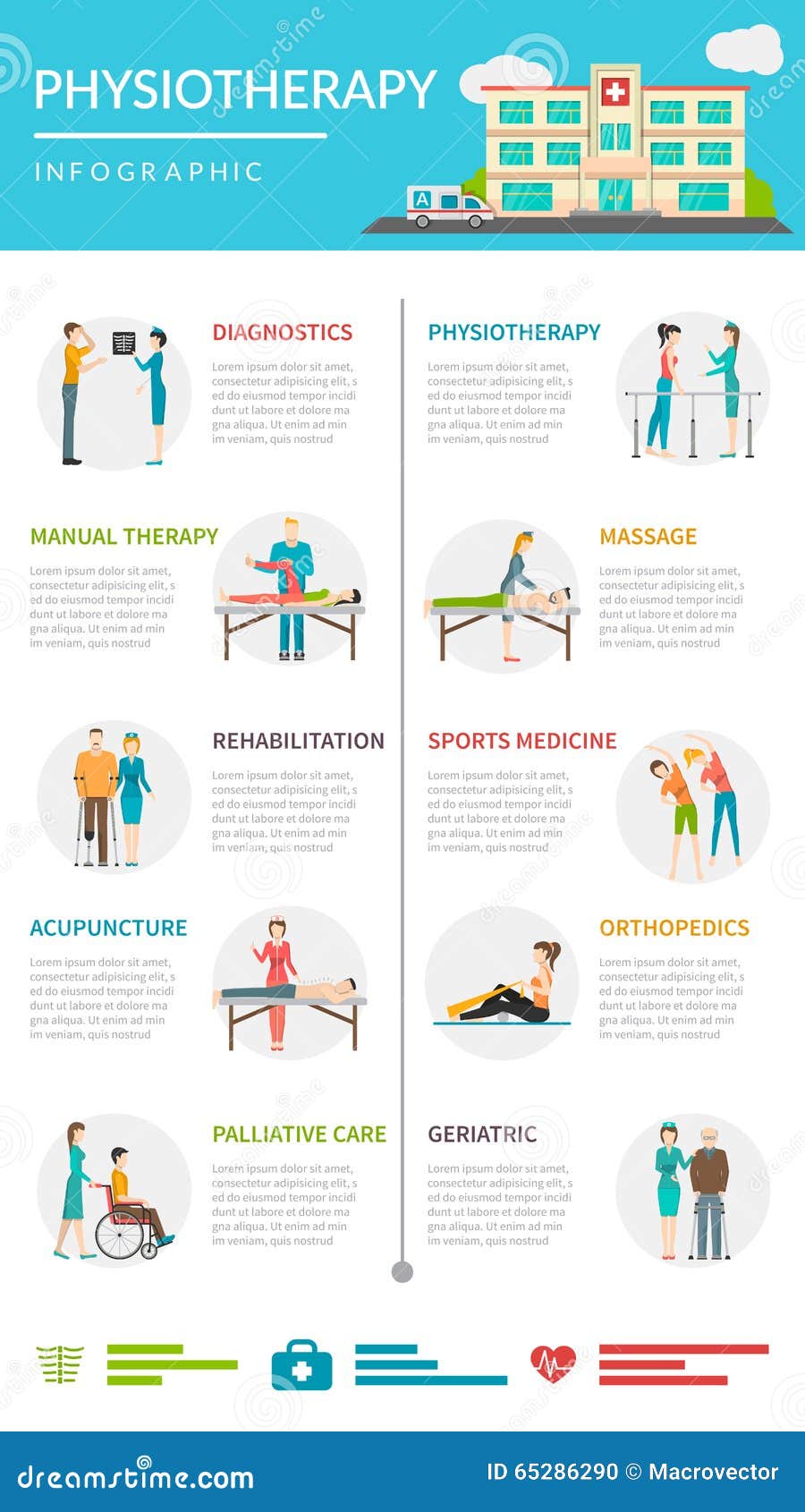The Top Daily Habits That Contribute To Pain In The Back And How To Prevent Them
The Top Daily Habits That Contribute To Pain In The Back And How To Prevent Them
Blog Article
Material Author-Snyder Schaefer
Keeping correct posture and avoiding usual risks in day-to-day tasks can considerably affect your back health and wellness. From how you sit at your workdesk to how you raise heavy items, small adjustments can make a large distinction. Imagine a day without the nagging pain in the back that hinders your every move; the service might be simpler than you believe. By making a few tweaks to your everyday practices, you could be on your method to a pain-free existence.
Poor Pose and Sedentary Lifestyle
Poor position and an inactive way of living are two major factors to pain in the back. When you slouch or hunch over while sitting or standing, you placed unneeded pressure on your back muscular tissues and spinal column. This can lead to muscular tissue discrepancies, stress, and ultimately, chronic pain in the back. Additionally, sitting for extended periods without breaks or physical activity can deteriorate your back muscles and bring about tightness and discomfort.
To combat poor position, make an aware initiative to rest and stand straight with your shoulders back and straightened with your ears. Bear in mind to keep your feet level on the ground and stay clear of crossing your legs for prolonged periods.
Incorporating normal extending and enhancing exercises into your day-to-day routine can also assist improve your stance and minimize neck and back pain associated with an inactive lifestyle.
Incorrect Lifting Techniques
Improper lifting techniques can dramatically add to pain in the back and injuries. When you raise heavy things, keep in mind to flex your knees and use your legs to raise, instead of depending on your back muscular tissues. Prevent twisting your body while training and keep the object close to your body to minimize pressure on your back. https://chiropractic-specialty-cl87395.blog-ezine.com/30767659/take-the-very-first-step-towards-a-much-healthier-pain-free-existence-today to maintain a straight back and stay clear of rounding your shoulders while raising to stop unneeded stress on your spinal column.
Constantly assess the weight of the object before lifting it. If it's too heavy, request for help or use devices like a dolly or cart to deliver it securely.
Keep in mind to take breaks during lifting jobs to offer your back muscles a chance to relax and prevent overexertion. By applying appropriate training techniques, you can avoid neck and back pain and reduce the risk of injuries, guaranteeing your back remains healthy and strong for the long term.
Lack of Routine Workout and Stretching
A sedentary way of life lacking routine workout and stretching can considerably contribute to pain in the back and discomfort. When you don't engage in physical activity, your muscle mass come to be weak and inflexible, leading to inadequate pose and enhanced strain on your back. Normal workout aids strengthen the muscular tissues that sustain your spine, boosting security and minimizing the risk of pain in the back. Including extending right into your routine can additionally enhance adaptability, stopping rigidity and discomfort in your back muscular tissues.
To avoid https://www.medicalnewstoday.com/articles/best-cbd-for-sciatica in the back brought on by an absence of workout and stretching, go for at least 30 minutes of moderate physical activity most days of the week. Consist of workouts that target your core muscular tissues, as a solid core can aid relieve pressure on your back.
Furthermore, take breaks to extend and move throughout the day, especially if you have a desk work. Easy stretches like touching your toes or doing shoulder rolls can aid ease tension and avoid back pain. Prioritizing regular workout and stretching can go a long way in preserving a healthy and balanced back and decreasing discomfort.
Conclusion
So, keep in mind to sit up right, lift with your legs, and remain active to prevent pain in the back. By making straightforward changes to your daily practices, you can prevent the discomfort and limitations that come with pain in the back. Take care of your spine and muscle mass by practicing good stance, correct lifting strategies, and normal workout. Your back will certainly thank you for it!
